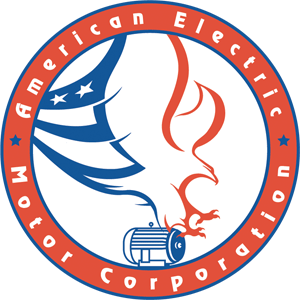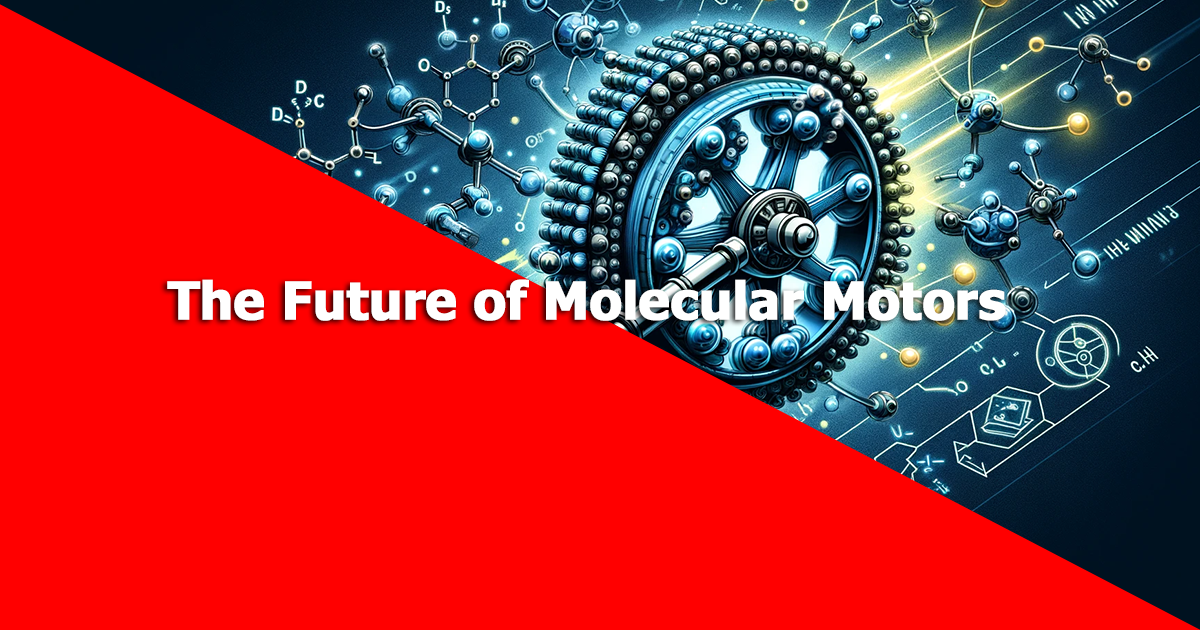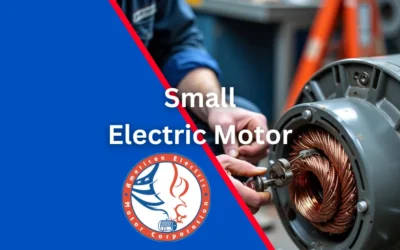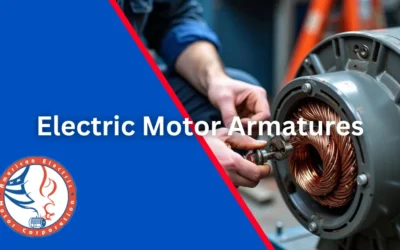In the professional landscape of industrial manufacturing, electric motors have been the stalwart powerhouses behind countless operations, driving the very heartbeat of production lines, heavy machinery, and critical equipment. For decades, these motors have been the subject of continuous innovation, scaling up in power and capacity to meet the demanding needs of an ever-evolving industry. However, the recent emergence of molecular scale motors heralds a stark contrast to the traditional behemoths of industry, introducing a nuanced and revolutionary approach that could redefine the concept of electric motor repair.
The Traditional Titans of Industry
Since their inception, industrial electric motors have been characterized by their robustness and durability, engineered to withstand the rigors of heavy use and harsh environments. They are the visible workhorses, often massive in size, and form the backbone of factories, warehouses, and plants. The repair of these motors, a service cornerstone for companies like American Electric Motors, has historically involved significant physical components—from windings and bearings to rotors and stators. Repair work has been a matter of physical labor, necessitating a blend of mechanical expertise, precise tools, and, oftentimes, sheer brute force.
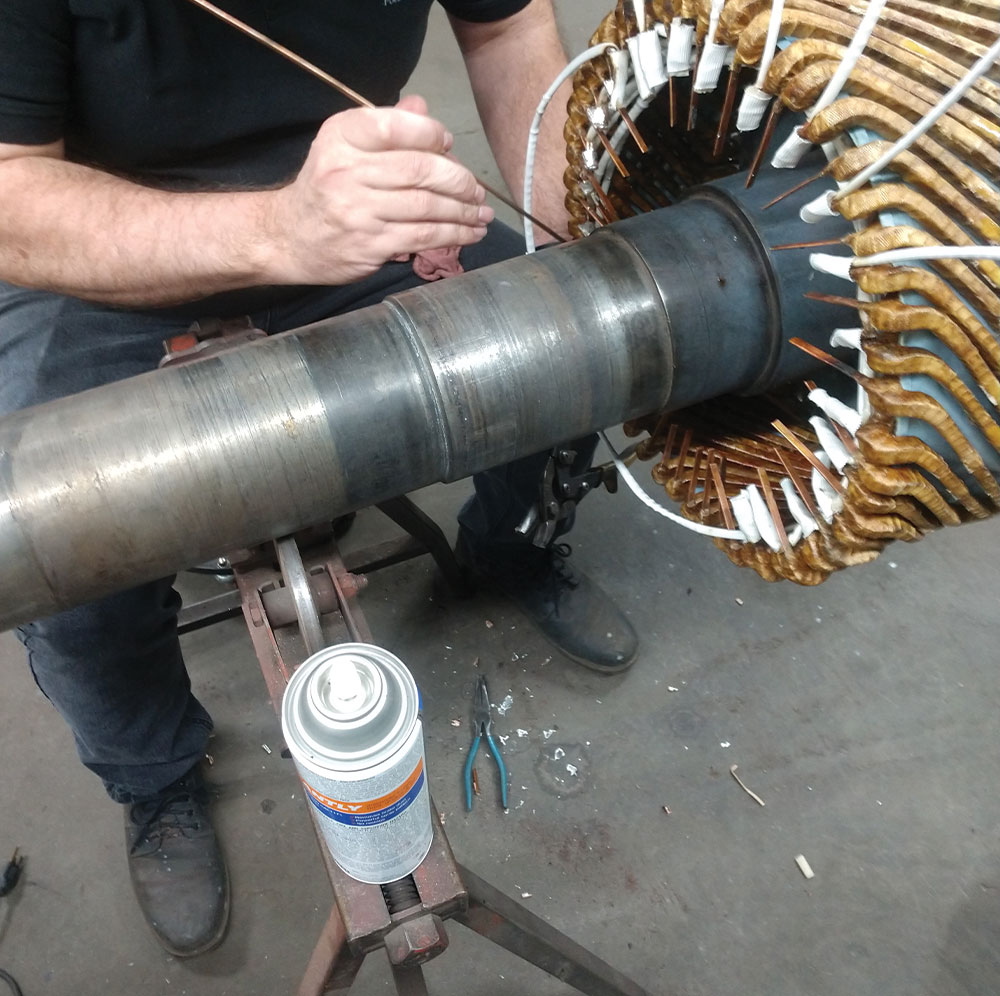
In the industrial context, the longevity and reliability of a motor are paramount. Downtime is the nemesis of productivity, and thus, the repair of electric motors has always been about swift, effective action to restore function with minimal disruption. Professionals in the field have developed an intimate understanding of these machines, learning to diagnose and mend issues that range from wear and tear to electrical faults. The maintenance of these motors is a testament to the enduring legacy of industrialization, where size and strength have long been equated with capability and endurance.
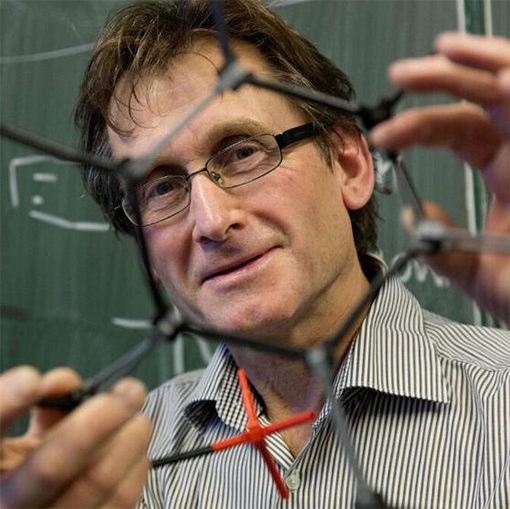
The Molecular Revolution
Frenchman Jean-Pierre Sauvage, British-born Fraser Stoddart and Dutch scientist Bernard “Ben” Feringa share the 8 million kronor ($1.2M) prize for the “design and synthesis of molecular machines,” the Royal Swedish Academy of Sciences said.
The advent of molecular scale motors marks a groundbreaking shift in motor technology, merging the realms of mechanical engineering with molecular science. These motors, mere nanometers in width, are a testament to the pioneering strides made in nanotechnology, a field recognized by the Nobel Prize for its profound implications in science and technology.
In stark contrast to traditional electric motors that rely on electromagnetism to convert electrical energy into mechanical motion, molecular motors operate through the intricate manipulation of molecules and atoms. This method, utilizing chemical reactions to create movement, opens up a plethora of applications far beyond conventional manufacturing. Notably, in medicine, these motors could revolutionize drug delivery, navigating with precision inside the human body to target specific areas for treatment.
Their potential extends to robotics and micro-manufacturing, where they can drive the development of ultra-precise machines and assembly processes. Additionally, the energy efficiency of molecular motors presents a more sustainable alternative to traditional motor technology, aligning with global efforts to minimize environmental impact.
The inception of molecular motors, inspired by the work of Nobel Prize laureates in the field, is not merely an evolution in motor design but a paradigm shift. It heralds a new era of precision and efficiency, with applications spanning from healthcare to advanced manufacturing, showcasing the limitless possibilities of nanotechnology.
Contrasting Repairs and Implications
The repair of molecular scale motors diverges sharply from that of traditional motors. Where once the tools of the trade were wrenches and screwdrivers, now they might be microscopes and molecular manipulators. Faults in these diminutive devices are not worn gears or burnt-out coils, but rather atomic misalignments and molecular malfunctions. Repairing a molecular motor is not an act of physical restoration but one of chemical recalibration.
For an organization like American Electric Motors, which has built its reputation on the repair and maintenance of industrial motors, the shift to engaging with molecular motors could seem like stepping into a new world. Yet, the principles that have underpinned the company’s services—precision, expertise, and a commitment to excellence—remain as relevant as ever. The expertise may shift from mechanical engineering to nanotechnology and materials science, but the dedication to restoring function and efficiency is unchanged.
The Future of Electric Motor Repair
The contrast between molecular motors and their industrial ancestors is stark, yet it embodies the evolution of technology—from the macroscopic to the microscopic, from the physical to the molecular. This evolution does not render the traditional motor obsolete; rather, it expands the horizons of what an electric motor can be and do. In this light, electric motor repair does not abandon its heritage but builds upon it, embracing new technologies while honoring the time-tested traditions of quality and service.
For American Electric Motors, the integration of molecular motor technology represents an opportunity to lead the industry into a future where repair extends beyond replacement and adjustment, venturing into the realm of atomic precision. It’s a future that promises not only more efficient and more sustainable operations but also the opening of new markets and applications, all hinged on the miniature marvels of molecular scale motors.
In conclusion, the narrative of electric motor repair is witnessing a pivotal chapter. With the contrast between traditional industrial motors and the nascent molecular motors coming into sharp relief, the stage is set for a profound transformation in how we understand, utilize, and repair these essential components of the modern world.
As we embrace the advancements in electric motor technology and look toward a future of increased efficiency and sustainability, American Electric Motors is here to ensure that your service needs are met with precision and expertise. We invite you to utilize our convenient online service request platform. By visiting Sales and Service Request, you can easily submit a request for electric motor repair or maintenance. Our webform is designed to provide a streamlined, user-friendly experience, allowing you to quickly provide details about your service needs so that our skilled technicians can deliver the quality service you expect. At American Electric Motors, we are dedicated to offering top-tier repair services, ensuring that your motors operate at peak performance.
